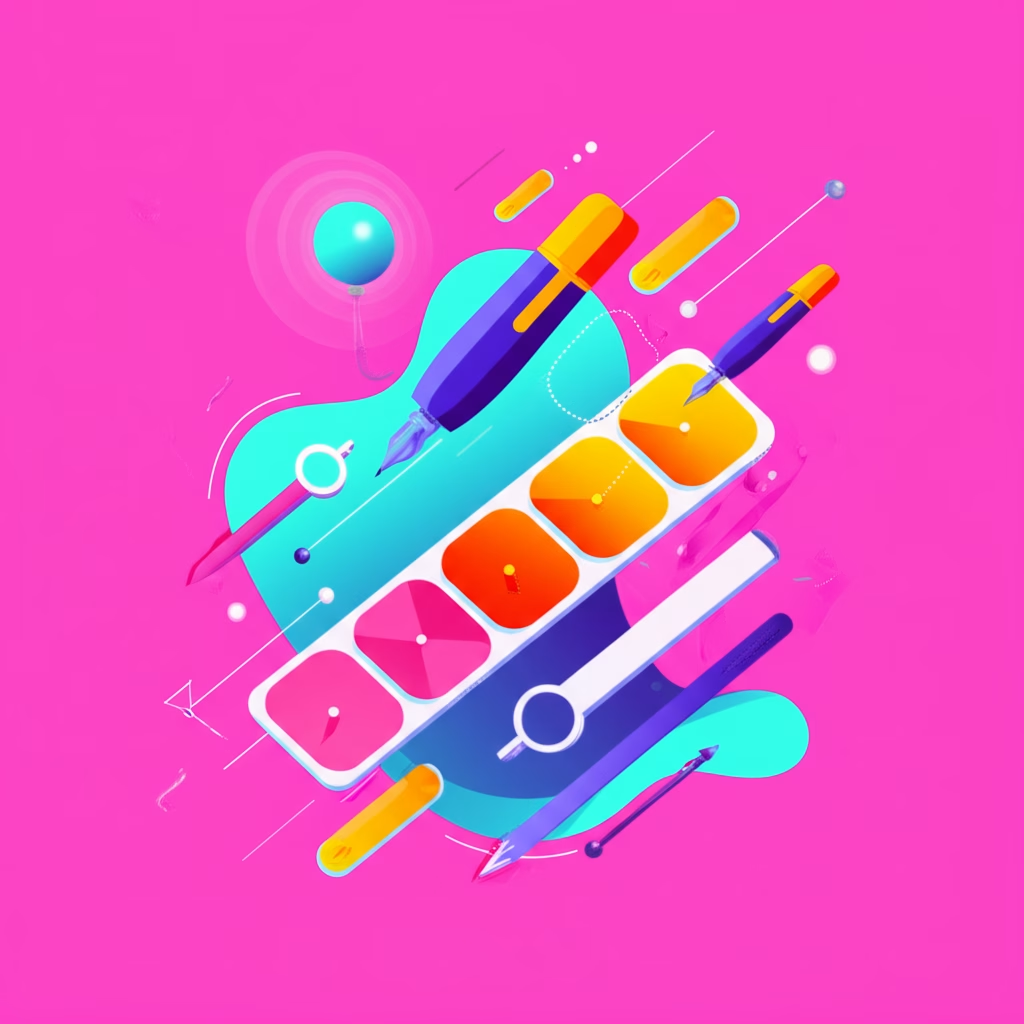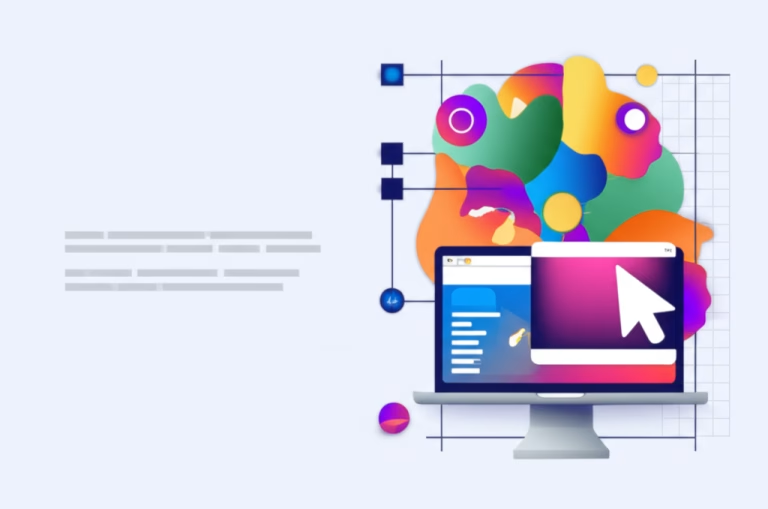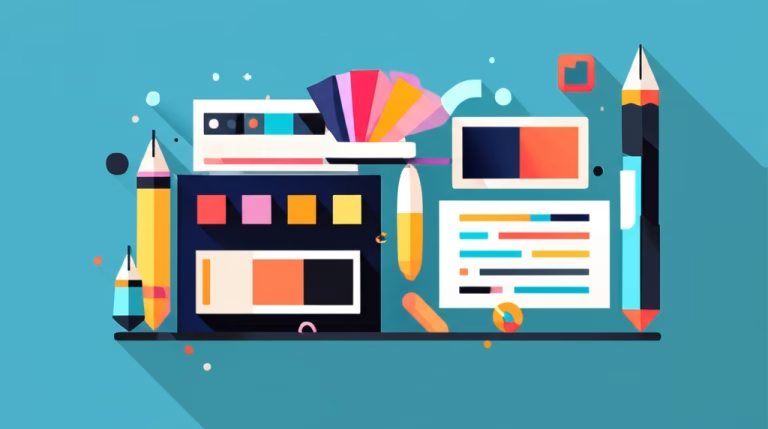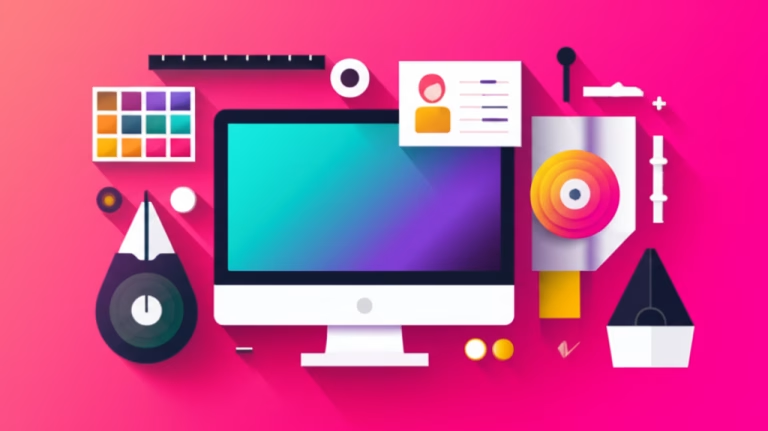Hello aspiring designers! Have you ever sat down to create, only to feel stuck? Like the ideas just aren’t coming, and everything feels like a struggle? You’re not alone. Many creative people experience this. But what if there was a way to make designing feel effortless, almost magical? That feeling is often called “flow,” and finding your Creative Design Flow can truly transform your journey.
Imagine working on a project where the ideas spark naturally, your hands move easily, and time seems to disappear. This isn’t just for experienced pros; it’s a state you can cultivate. This article is your guide to unlocking that potential, helping you move from frustration to freedom in your design work. Get ready to discover simple ways to tap into your creativity and make designing a joyous experience.
Table of Contents
The Transformation That Creative Design Flow Can Bring
Think back to a time you felt truly absorbed in something you loved, maybe drawing, building, or even solving a puzzle. That feeling of being fully engaged, where the task feels rewarding and not like work, is close to what we call “flow.” For a beginner designer, finding this state can feel like switching from walking through mud to gliding on ice. It changes design from a daunting chore into an exciting exploration.
When you’re in your Creative Design Flow, blocks disappear. You connect with your intuition. Your design ideas emerge more freely. The technical aspects feel less cumbersome because your mind is focused and clear. This transformation isn’t just about being more productive; it’s about finding joy and satisfaction in the very act of creating. It makes the learning process faster and more enjoyable, paving the way for continuous growth in your skills.
The Hidden Power of Creative Design Flow
What exactly is this powerful state? Creative Design Flow is that wonderful condition where you are fully immersed and energized by the process of creating. It’s when your skills meet a challenge just right, not too easy, not too hard. In this state, your mind is clear, distractions fade away, and you operate at your peak creative capacity. It feels natural and deeply satisfying.
This hidden power isn’t some mysterious gift only for a select few. It’s a psychological state accessible to anyone. Think of musicians lost in a melody or painters absorbed in their canvas. They are experiencing flow. In design, it means feeling connected to your project, allowing your creative thinking to flourish without judgment. Tapping into this allows you to produce more authentic and inspired work, making your personal touch shine through.
The Three Dimensions of Creative Design Flow
Finding your flow isn’t just one thing; it touches different parts of your creative self. We can think of it having three main dimensions that work together to make your design process smoother and more effective. Understanding these can help you identify where you might need to focus your efforts to unlock this state more often in your work.
1. Emotional Dimension
This dimension is all about how you feel while designing. In flow, you often experience feelings of joy, excitement, and deep engagement. Frustration and self-doubt take a back seat. It’s a positive feedback loop where the pleasure of creating fuels more creation. Managing your emotions is key to staying in this state.
- Practical application 1: Start your design session with something you genuinely enjoy working on, even if it’s small. This positive start can set the emotional tone.
- Practical application 2: Practice self-compassion. If a design isn’t working, don’t get discouraged. See it as part of the learning process, not a failure.
2. Functional Dimension
The functional side relates to how effectively you work and make decisions within your design process. When in flow, your problem-solving abilities sharpen, and you make intuitive choices that move the project forward efficiently. You feel in control of your tools and the steps you’re taking.
- Practical application 1: Break down large design projects into smaller, manageable tasks. Completing these smaller steps provides a sense of progress and maintains momentum.
- Practical application 2: Organize your digital workspace before you start. A clutter-free environment helps reduce mental friction and keeps your focus sharp on the design task itself.
3. Aesthetic Dimension
This dimension focuses on the visual outcome of your work when you’re in flow. Designs created in this state often possess a certain harmony, balance, and originality that feels authentic. Your visual intuition is heightened, leading to more pleasing and impactful results.
- Practical application 1: Spend time gathering design inspiration before you start. Immersing yourself in beautiful visuals can prime your aesthetic sense and spark ideas.
- Practical application 2: Don’t be afraid to experiment visually without worrying about perfection. Play with color palettes, typography pairings, or layouts just to see what feels right aesthetically.
Advanced Techniques That Make the Difference
Once you understand the basics, you can explore techniques to intentionally invite and deepen your Creative Design Flow. These aren’t complicated secrets, but mindful practices that prepare your mind and environment for optimal creativity. Integrating these into your routine can make a significant difference in how often you experience that effortless state.
The Idea Spark Method:
Instead of waiting for inspiration to strike, actively seek it out in diverse places. Look beyond design websites. Explore nature, listen to music, read books on unrelated topics, or observe everyday objects. Jot down any fleeting thoughts, keywords, or visual snippets that catch your attention. Don’t judge them; just collect them. This builds a rich internal library for your mind to draw from later.
Expected result: A constant stream of fresh perspectives and unexpected connections, leading to more original design ideas and preventing creative blocks before they start. You train your mind to see inspiration everywhere.
The Environment Tune-Up:
Your physical space significantly impacts your mental state. Design your workspace to support focus and comfort. This might mean decluttering, ensuring good lighting, having comfortable seating, or playing ambient music. Minimize potential distractions like phone notifications or unnecessary tabs on your computer. Make your space an inviting haven for creativity.
Expected result: Reduced distractions and increased concentration, making it easier to enter and stay in a state of flow. A calm environment fosters a calm, focused mind, essential for deep work and effective creative thinking.
The Playful Experimentation:
Dedicate time specifically to playing with design tools and concepts without a specific project goal. This could involve creating random shapes, mixing colors just to see what happens, or trying out a new software feature for fun. Remove the pressure of producing a perfect outcome and simply enjoy the process of making and discovering. This playful approach keeps your skills sharp and your mind open.
Expected result: Increased comfort with your tools, unexpected discoveries, and a renewed sense of excitement about design. This technique fuels innovation and helps you develop a more intuitive design process by reducing the fear of making mistakes.
Obstacles That Can Limit Your Potential
Even with the best intentions, you’ll encounter challenges that can interrupt your flow or prevent it from starting. Recognizing these common hurdles is the first step to overcoming them. Don’t view them as failures, but simply as part of the creative journey. With awareness and simple strategies, you can navigate around them and return to your productive state.
- Mental Obstacle: Fear of Imperfection
The pressure to create something perfect right away can be paralyzing. This fear often stops beginners before they even start or makes them abandon projects prematurely. It stems from a misconception that creativity is about flawless execution from the beginning.
How to overcome mindset limitations: Embrace the idea that the first draft is just that – a draft. Allow yourself to create imperfectly. Focus on completing a version, any version, before refining it. Remind yourself that design is an iterative process of improvement. - Technical Obstacle: Struggling with Tools
Fumbling with software or not knowing how to achieve a desired effect can quickly pull you out of flow. If the tools feel like barriers rather than enablers, your focus shifts from creating to troubleshooting.
How to overcome technical limitations: Dedicate specific time to learning your tools. Watch tutorials, practice basic functions, and don’t try to do everything at once. Start simple and gradually learn more complex techniques. Practice makes using the tools second nature, freeing your mind for creative tasks. - Resource Obstacle: Lack of Time or Energy
Feeling rushed or exhausted makes it difficult to enter a state of deep focus and creativity. When your resources are depleted, your mind is more prone to distraction and less able to engage fully with the design task.
How to overcome resource limitations: Schedule dedicated time for design, even if it’s just short bursts. Protect this time from interruptions. Pay attention to your energy levels; try to tackle creative tasks when you feel most alert. Ensure you’re getting enough rest and taking breaks to replenish your mental energy.
Your Journey to Mastery in Creative Design Flow
Finding and maintaining your Creative Design Flow is not a destination, but a continuous journey. Like any skill, it improves with practice and conscious effort. As a beginner, your focus will be different from someone more experienced. Here’s a simple map to guide your evolution in cultivating this powerful state over time.
Beginner Level (0-3 months)
At this stage, the goal is simply to experience flow, even for short periods. Focus on exploring different types of design, trying out various tools, and finding what excites you. Don’t worry too much about the final outcome. The key practices are regular, short design sessions, playful experimentation, and building familiarity with basic software functions. Celebrate small moments of effortless creation.
Intermediate Level (3-12 months)
Now you can start to intentionally create conditions for flow. You have a better grasp of your tools and preferred styles. Focus on structuring your design sessions, minimizing distractions, and setting clear, achievable goals for each project segment. Seek feedback on your work to identify areas where technical hurdles might be breaking your flow and work on improving those skills. Develop consistent habits.
Advanced Level (1+ years)
At this level, flow becomes a more consistent companion. You can enter this state more reliably and sustain it for longer periods. Focus on pushing creative boundaries, tackling more complex projects, and using flow to innovate. You might start mentoring others, sharing your insights on maintaining creativity and focus. The practice evolves into refining your personal workflow and exploring new frontiers in design.
Questions That Shape the Future of Creative Design Flow
As the world of design changes with new technologies and trends, how does the concept of flow adapt? And how does our personal journey with flow continue to evolve? Thinking about these questions can provide perspective and guide your ongoing practice.
Q: How will new technologies like AI impact finding design flow?
A: While tools change, the core of flow – deep engagement and creative problem-solving – remains a human experience. New tech might change the process but can also be a tool to enhance flow if used mindfully.
Q: Is finding my creative flow something I master once, or is it ongoing?
A: It’s absolutely an ongoing practice. Life changes, projects vary, and your own skills evolve. Continuously nurturing your environment and mindset is key to maintaining access to this state throughout your design journey.
The Beginning of Your New Creative Era
Finding your Creative Design Flow is perhaps one of the most rewarding aspects of being a designer. It transforms the act of creation from a potential struggle into a source of energy and joy. Remember, it’s a skill you build over time, through practice, patience, and self-awareness. Embrace the journey, experiment freely, and be kind to yourself along the way.
Every time you sit down to design, you have the opportunity to invite this state of effortless creativity. By implementing the simple strategies discussed, you are already taking powerful steps towards unlocking your full potential. This is just the beginning of making design a truly flowing and fulfilling part of your life.
Accelerate your evolution by discovering our article about Spark Your Design Imagination!



